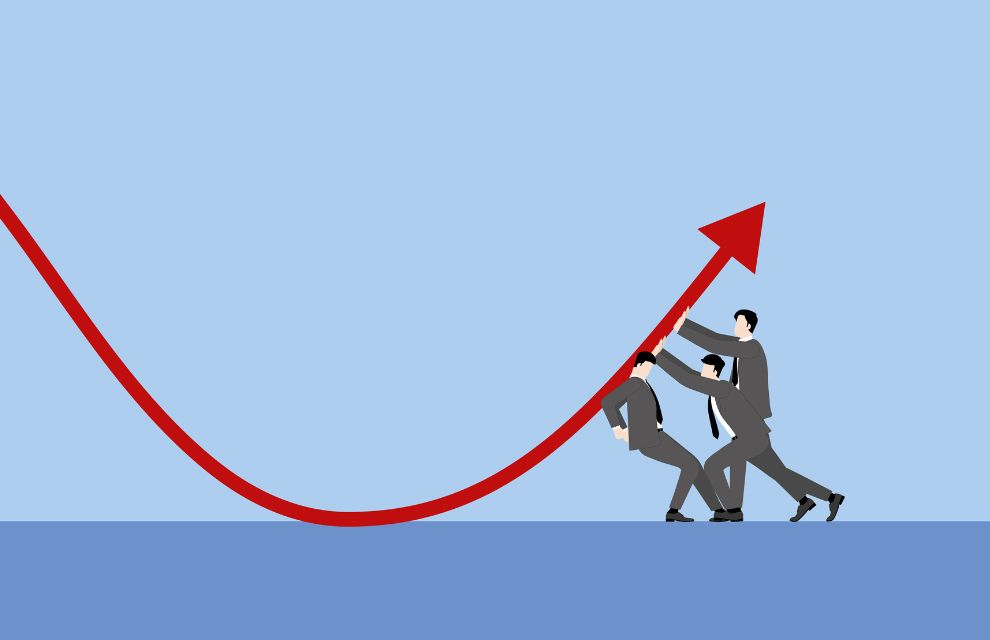New data published by the World Federation of Exchanges (WFE) indicates that the various geopolitical and economic tensions markets experienced during the first half of 2023 have hampered expectations of a quicker economic recovery.
Compounded with the effects of the war in Ukraine, WFE saw more financial institutions running into difficulty with the failure of some banks in Europe and in the US.
WFE data for the first half of 2023 reflects how these tensions have affected markets.
It found that there was a decrease in the global number of IPOs and in investment flows when compared to the same period in 2022. It adds that this factor would suggest that firms and investors remain cautious.
Additionally, persistent inflation forced central banks to continue tightening their monetary policy, and consequent interest rate rises have put pressure on share prices.
Only a few markets, notably the US, offered a positive trend for these indicators.
Similarly, trading activity in cash equities decreased across regions, reflecting less interest in participating in the markets.
WFE observed an increase in volumes of exchange-traded derivatives, especially in interest rate and commodity contracts, which it says is consistent with the need for managing the risks and uncertainty derived from interest rate hikes as well as the geopolitical landscape and fear of inflation.
For the second half of the year, a decline of inflationary pressures and a slowdown in monetary policy tightening may contribute to moderate the above trends. However, the International Monetary Fund has predicted that global growth will fall from an estimated 3.5 per cent in 2022 to 3 per cent in both 2023 and 2024.
If these projections are correct, WFE anticipates that it will probably not be until the end of 2024 until there is a reversal in these trends.
Global equity market capitalisation increased 7.5 per cent in H1 2023 compared to the end of H2 2022, driven by increases in the Americas and EMEA regions, while APAC experienced almost no change. In absolute terms, this represents a growth of more than US$7.8 trillion in the global markets.
In H1 2023, the number of exchange-traded derivatives contracts continued their double digit growth since H2 2019, amounting to more than 56 billion.
The number of listed securitised derivatives rose 1.2 per cent, mainly driven by the APAC and EMEA regions, while the value traded fell 6.9 per cent, due to declines in the Americas and APAC regions.
Most of the securitised derivatives are listed in EMEA region (99 per cent share), but most of the value traded corresponds to the APAC region (78 per cent share).
Pedro Gurrola-Perez, head of research at the WFE, says: “Our new data indicates a slower economic recovery than was expected as geopolitical and economic tensions have taken their toll. The decrease in the number of IPOs and in investment flows, in particular, suggests the persistence of the uncertainty that firms and investors faced in the previous year.”
Nandini Sukumar, CEO at the WFE, comments: “The first half of the year has been tough for markets and IMF expectations for global growth project a slow recovery. As we enter the second half of the year, eyes will be on the direction of inflation. A decline in inflationary pressures, coupled with a decrease in monetary policy tightening, would lessen the trends we saw in the first half as we would anticipate more confidence in markets.”



